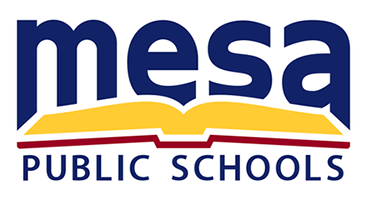Dr. Steven Prescott and his team spend their days repairing musical instruments for Mesa Public Schools students, ensuring they are in good working condition so students stay engaged in music education.
The shop is responsible for every district instrument, which is no small feat for Prescott’s staff of three full-time and one part-time member. This work is a passion for the team who are highly skilled musicians and artisans. Prescott’s crew believes that instruments are not just mechanical things, they have a life and a soul.
“Equipment failure and not being able to trust your instrument is huge. It’s discouraging for a student if they don’t have a good instrument,'' shares Prescott. “Especially in the beginning, if they are frustrated or having a hard time and their instrument is not working right, they will quit because it’s not fun.”
Having an in-house repair shop is unique for a school district, but for the largest school district in Arizona, it’s more economical than sending instruments to a variety of outside vendors through a bid process. The district shop has operated for 12 years and is responsible for repairing student instruments in programs at 67 schools in grades 4-12. Prescott started tracking his own repairs in 2017 and has repaired more than 3,051 instruments.
Spencer Longtin is the office administrator and luthier and shares that before the shop, there wasn’t just a single vendor who could accommodate Mesa Public Schools’ needs. They previously used seven vendors, which proved to be a bookkeeping and logistical challenge. The in-house shop provides year-round service, receives and tracks all new instruments and uses a better tracking system, resulting in improved turnaround times.
“The going rate for outsourcing repairs is $75 an hour, paying retail for parts, with a $125 cap on repairs,” Longtin shares. “Outsourcing is an expensive process and by January, schools’ repair budgets are depleted, creating challenges for directors and students.”
The repair shop is also receiving and tracking instruments purchased with ESSER monies, receiving $3 million in instruments across three years. The funds cover all instruments for band, guitar and orchestra programs which range from baby grand pianos to flutes, along with $275,000 for sheet music.
The instrument repair profession is one that few people are familiar with. As master problem solvers, their goals are to assess damages, complete realistic repairs based on the instruments’ age and condition and deliver service in a timely manner so that students can play.
“A musician might play into their eighties,” Prescott shares. “We are trying to ensure that students stay interested so they have that opportunity to enjoy playing well into their lives.”

